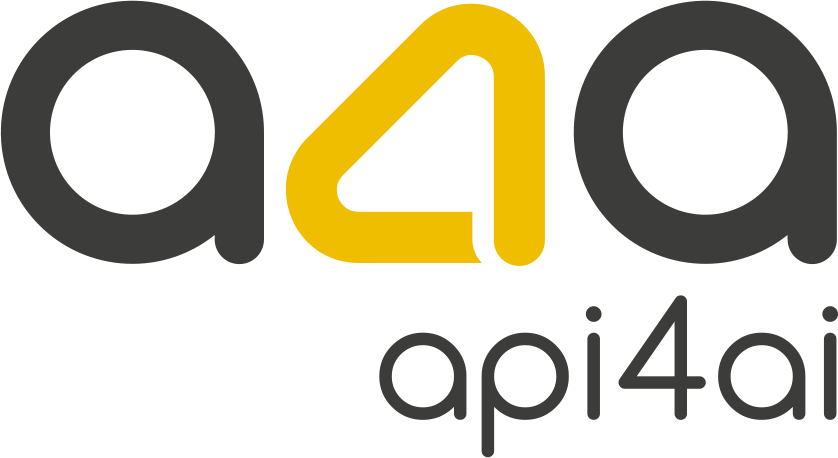
Vision Transformers 2026: State of the Art & Business Impact
Vision Transformers are redefining what’s possible in computer vision — and in 2026, they’ve moved from cutting-edge research into the heart of business operations. From automating defect detection in manufacturing to powering intelligent document processing in fintech, ViTs now deliver enterprise-grade accuracy, scalability, and adaptability. This article explores the state of the art, the architectural breakthroughs behind ViTs' rise, and how forward-thinking companies are deploying them through cloud APIs and custom solutions to gain measurable performance and strategic advantage.
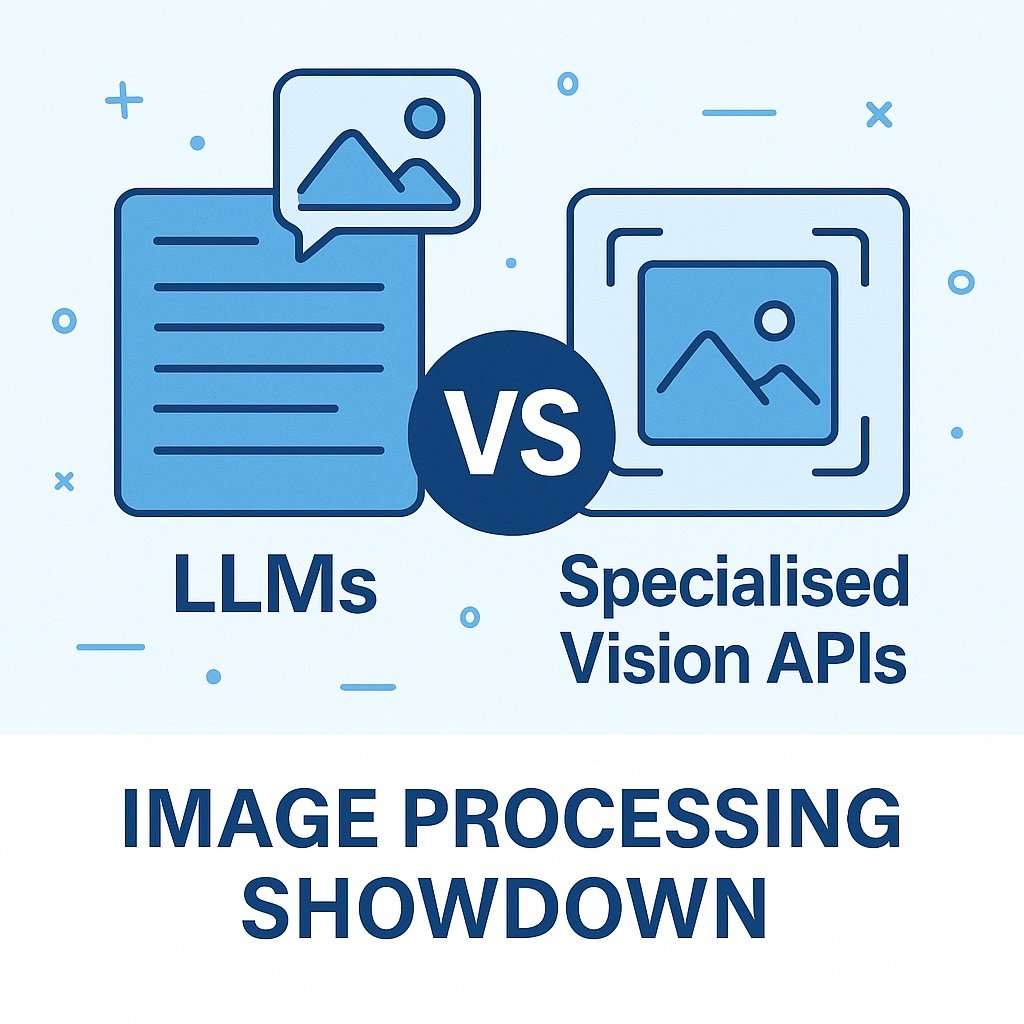
LLMs vs Specialised Vision APIs: Image Processing Showdown
As AI continues to transform the way we process visual information, a new question arises: should you rely on powerful multimodal large language models or stick with specialised vision APIs? This blog post explores the strengths, weaknesses, and ideal use cases for both approaches — and reveals why the smartest strategy may be to combine them. From automated product tagging to content moderation and document analysis, discover how to build more accurate, scalable, and cost-effective image processing pipelines using the right tools for the job.
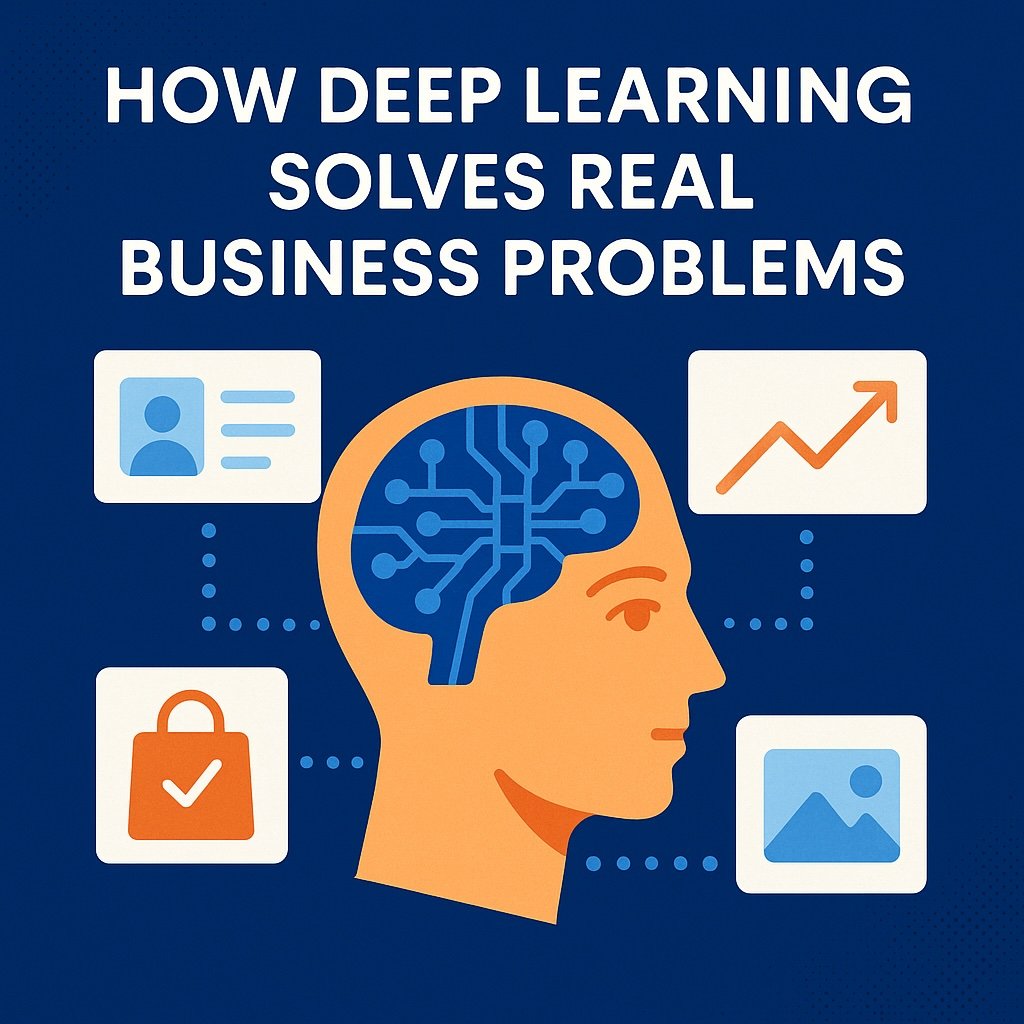
How Deep Learning Solves Real Business Problems
Deep learning is transforming the way businesses solve complex problems — from automating image analysis to extracting insights from unstructured visual data. In this post, we explore how companies across industries are using deep learning to boost efficiency, reduce costs, and unlock new value. Whether you're processing thousands of product photos, verifying documents, or detecting defects on a production line, discover how ready-to-use vision APIs and custom AI solutions can help turn your data into results.
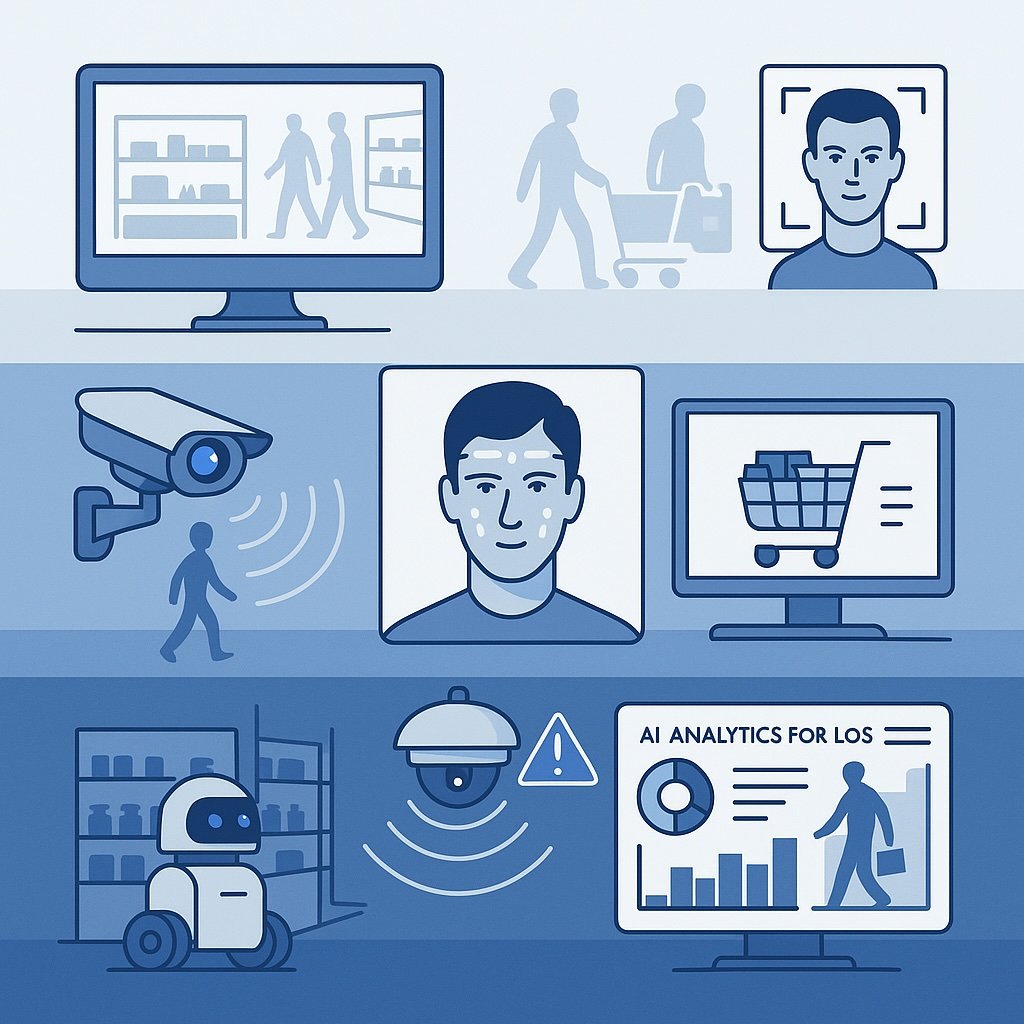
Computer Vision: Milestones, Trends & Future Insights
Computer vision has rapidly evolved from a research topic into a powerful business tool. In 2025, it's reshaping industries like retail, manufacturing, insurance, and content moderation by transforming images into actionable insights. This post explores the key milestones in computer vision's history, the six biggest trends driving its growth today, and a clear strategy for adopting vision technologies — from ready-to-use APIs to custom-built solutions. Whether you're looking to streamline operations, enhance customer experience, or gain a competitive edge, this guide will help you understand how to turn pixels into profit with AI-powered image processing.
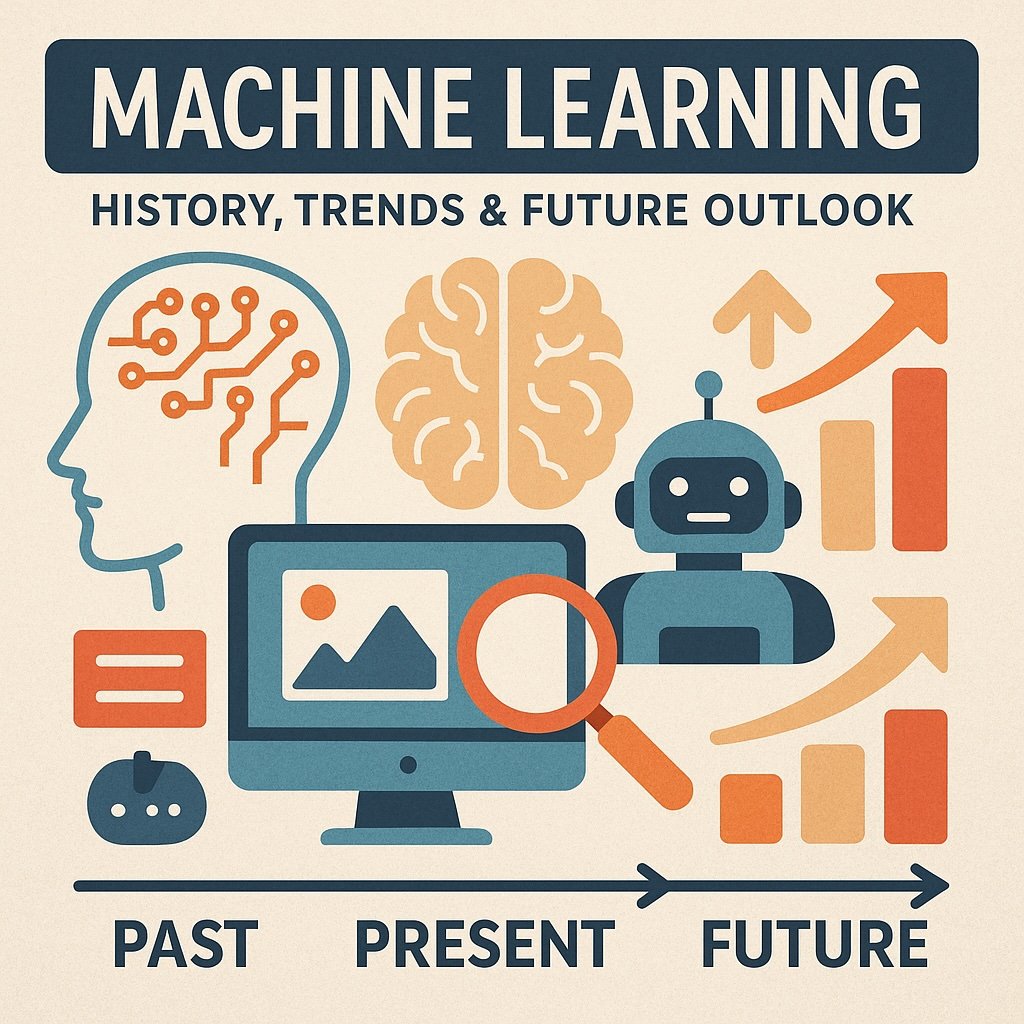
Machine Learning: History, Trends & Future Outlook
Machine learning has transformed from a niche academic field into a practical tool that powers everyday technologies — especially in image processing. From OCR and object detection to face recognition and visual content moderation, ML-driven vision APIs are helping businesses streamline operations, enhance user experiences, and meet regulatory demands. This blog post explores the history of machine learning, key trends shaping 2025, and how companies can strategically use pre-built APIs or invest in custom solutions to stay ahead. Whether you're just starting or scaling your AI capabilities, understanding this evolving landscape is key to making smarter decisions.
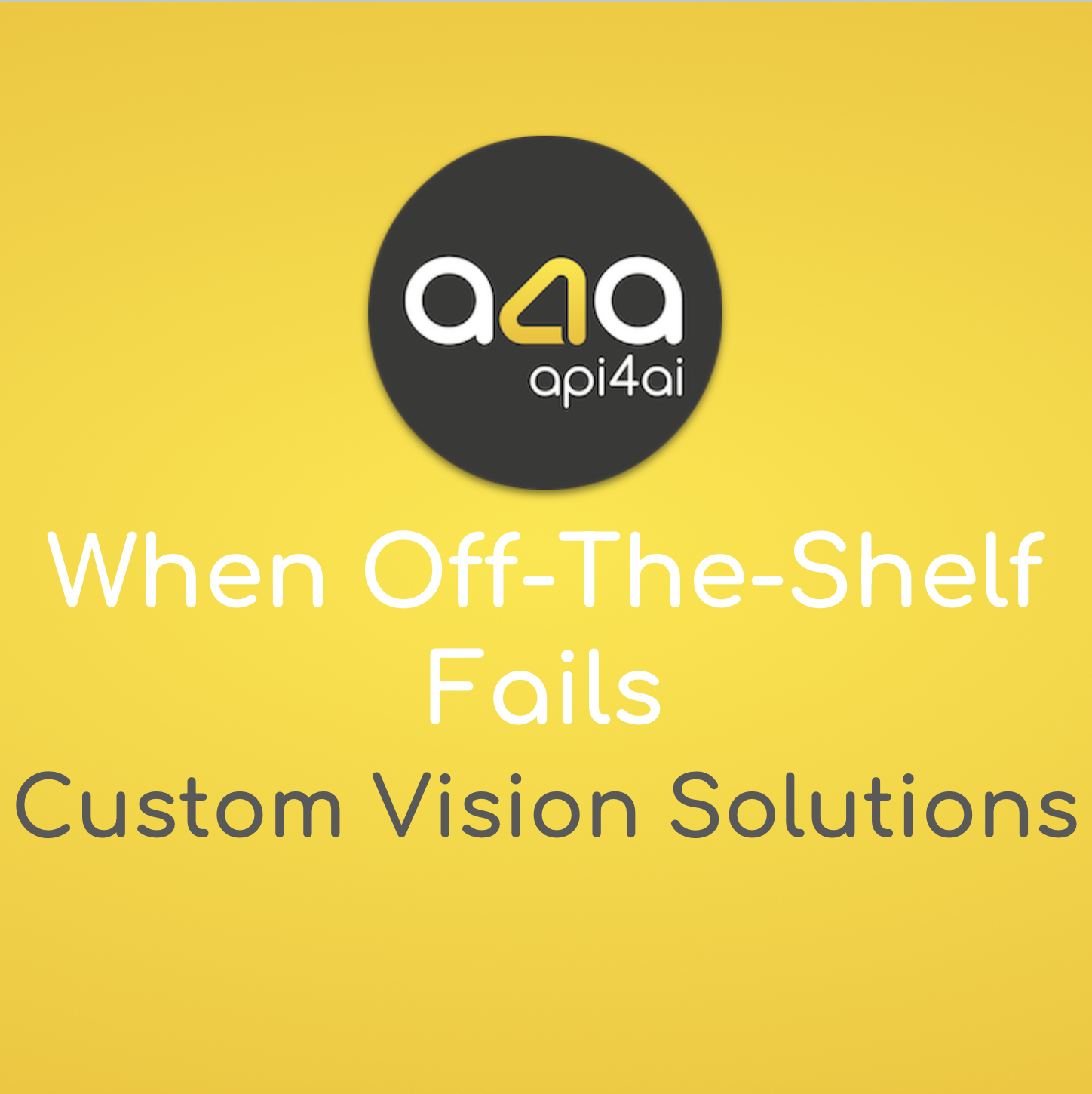
When Off‑The‑Shelf Fails: Custom Vision Solutions
Off-the-shelf vision APIs have made image recognition more accessible than ever, offering quick deployment and basic object detection capabilities. But when it comes to high-stakes industries like manufacturing, healthcare, agriculture and smart cities, the limitations of generic models quickly become apparent. Edge cases, domain-specific anomalies and real-time processing demands often expose gaps that standard solutions can't fill.
Custom vision models bridge this divide by delivering precision-tailored image recognition, built specifically for your business needs. Whether it's identifying microscopic defects on an assembly line, monitoring crop health from drone footage or ensuring brand protection in retail, bespoke models provide unmatched accuracy, reduced latency and full control over data privacy.
In this article, we explore the full journey — from identifying the weaknesses of off-the-shelf APIs to planning, building, and deploying a custom vision solution. Learn how the right development partner, combined with clear project scoping and smart MLOps practices, can transform your operations, reduce costs and give you a competitive edge in a data-driven world.

Super‑Resolution Secrets for Sharper Photos
In a world where sharper images drive better sales, clearer insights and richer storytelling, super-resolution technology is becoming essential. This blog unpacks how AI models — from early SRCNN to powerful ESRGAN and beyond — transform low-res photos into high-detail masterpieces. Explore real-world success stories in e-commerce, satellite imaging and film restoration and learn how you can build a production-ready super-resolution pipeline. Whether you’re upgrading product photos or restoring cinematic classics, discover how AI-powered upscaling is unlocking new possibilities for businesses and creators.
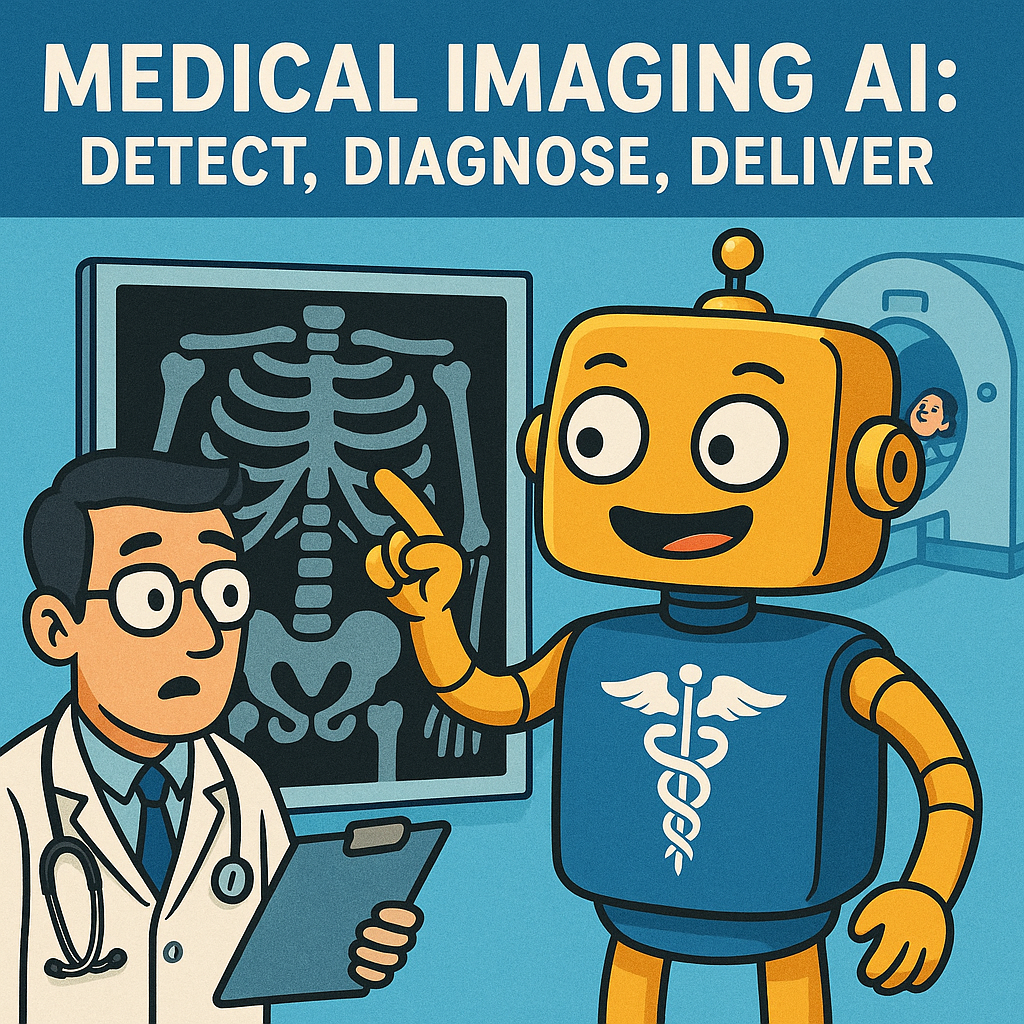
Medical Imaging AI: Detect, Diagnose, Deliver
Medical imaging is undergoing a powerful transformation. Thanks to deep learning models like Convolutional Neural Networks (CNNs) and Vision Transformers (ViTs), AI can now detect tumors, fractures and subtle anomalies faster and more accurately than ever before. This blog explores how these technologies are reshaping diagnostic workflows, boosting radiologist efficiency and improving patient outcomes. From secure data handling to real-world deployment strategies, discover why AI-powered imaging is becoming essential for modern healthcare — and how cloud-based APIs and custom AI solutions are making advanced diagnostics more accessible. Whether you're a healthcare professional, a tech enthusiast or a decision-maker in medical innovation, this is your guide to the future of diagnostic imaging.

Edge AI Vision: Deep Learning on Tiny Devices
Edge AI Vision is transforming smartphones, drones and IoT cameras by bringing real-time image recognition and object detection directly onto tiny devices. In this guide, discover how lightweight architectures like MobileNet and YOLO Nano, combined with powerful techniques like pruning, quantization and knowledge distillation, make deep learning models fit and perform on limited hardware. Learn how to pick the right accelerators — from mobile GPUs to dedicated NPUs — and build a scalable deployment pipeline with on-device inference, OTA updates and cloud-edge synergy. Master the art of turning hardware constraints into strategic advantages and unlock the next wave of innovation with deep learning at the edge.

Autoencoders Explained: Denoise & Compress Pics
Autoencoders are transforming how we process and understand images in the AI era. These powerful neural networks don’t just copy data — they learn to capture the essence of an image, making them incredibly useful for cleaning up noise, compressing large files, and even spotting subtle anomalies that would otherwise go unnoticed. In this comprehensive, beginner-friendly guide, we break down how autoencoders work, including their encoder-decoder structure, the concept of latent space and how they rebuild clean, compact versions of input images. You'll discover how they outperform traditional filters in denoising, beat classic formats like JPEG in compression and provide a flexible, scalable method for visual anomaly detection. Whether you’re a developer, data scientist or product owner, this post will help you understand how to build, train and deploy autoencoders in real-world pipelines — across industries like retail, healthcare, logistics and beyond.
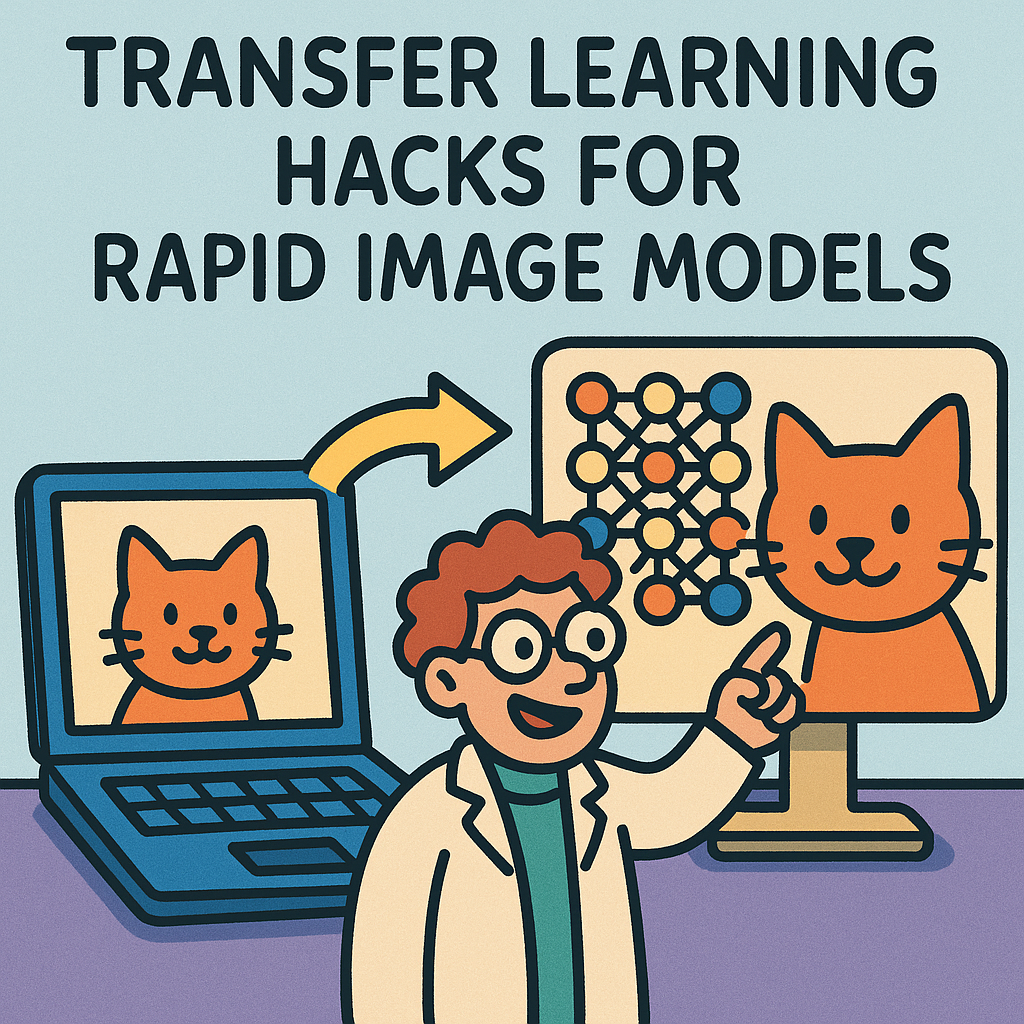
Transfer Learning Hacks for Rapid Image Models
Transfer learning has revolutionized the way we build image models — especially when time, data or compute power is limited. In this beginner-friendly guide, you'll learn how to fine-tune pre-trained giants like VGG, EfficientNet and CLIP to achieve fast, accurate results on small datasets. From smart layer freezing to real-world use cases in retail, agriculture and content moderation, we’ll show you how to build powerful vision systems without starting from scratch. Perfect for startups, solo devs or any team looking to do more with less.
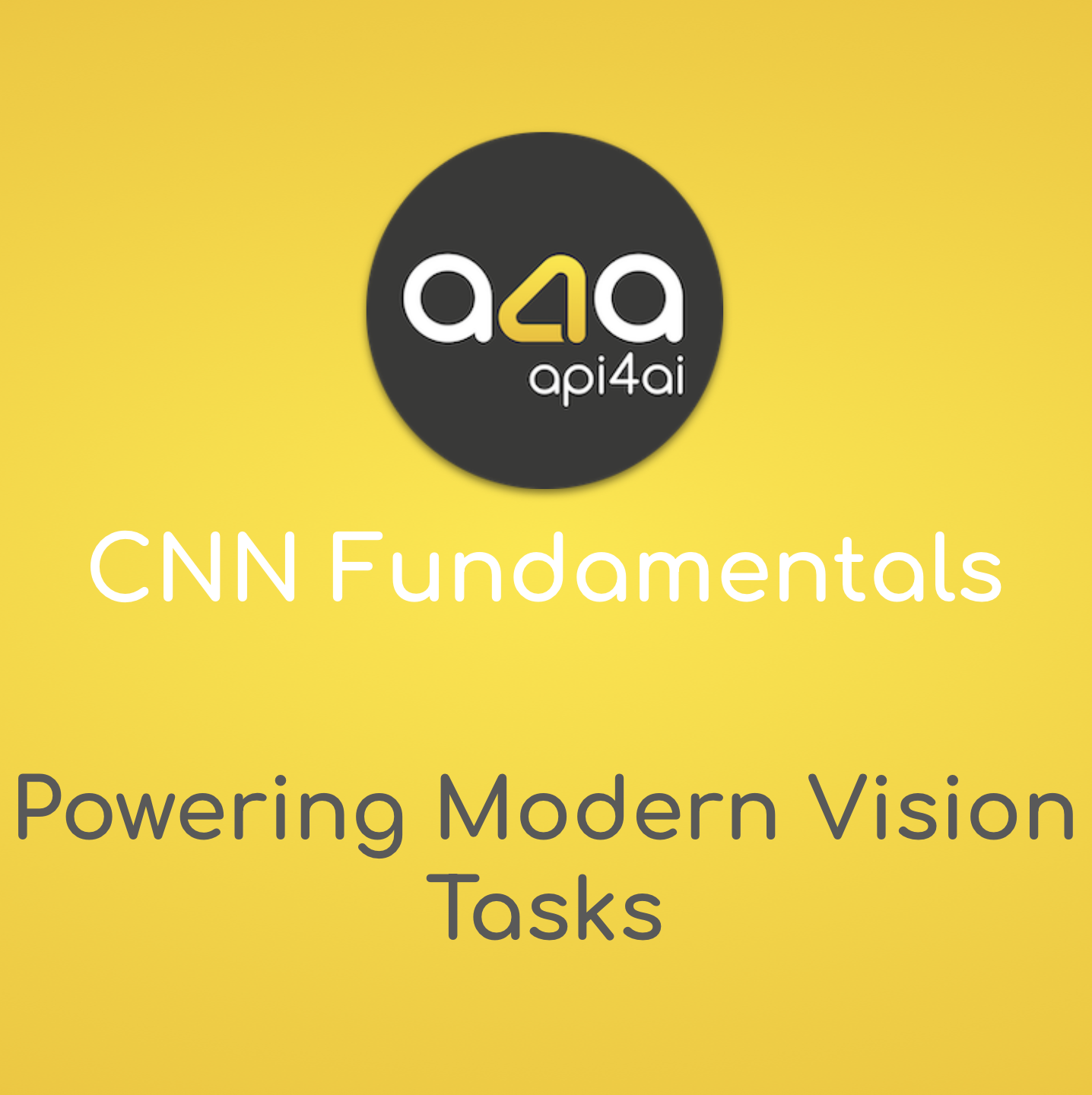
CNN Fundamentals: Powering Modern Vision Tasks
Convolutional Neural Networks (CNNs) are the driving force behind many of the visual technologies we rely on every day — from unlocking our phones with facial recognition to enabling autonomous vehicles to understand their surroundings. But how do these networks actually work? In this beginner-friendly deep dive, we break down the core building blocks of CNNs, including convolutional layers, kernels, pooling, and activation functions. You'll learn how modern architectures like ResNet have overcome critical challenges to power advanced vision systems used in industries like retail, automotive, security and marketing. We’ll also explore real-world applications — such as OCR, background removal, logo detection and content moderation — and walk you through your options for training models, using pre-trained networks or deploying ready-to-use APIs. Whether you're just starting with deep learning or exploring how to bring AI vision into your product, this guide provides the clarity and insights you need to move forward with confidence.
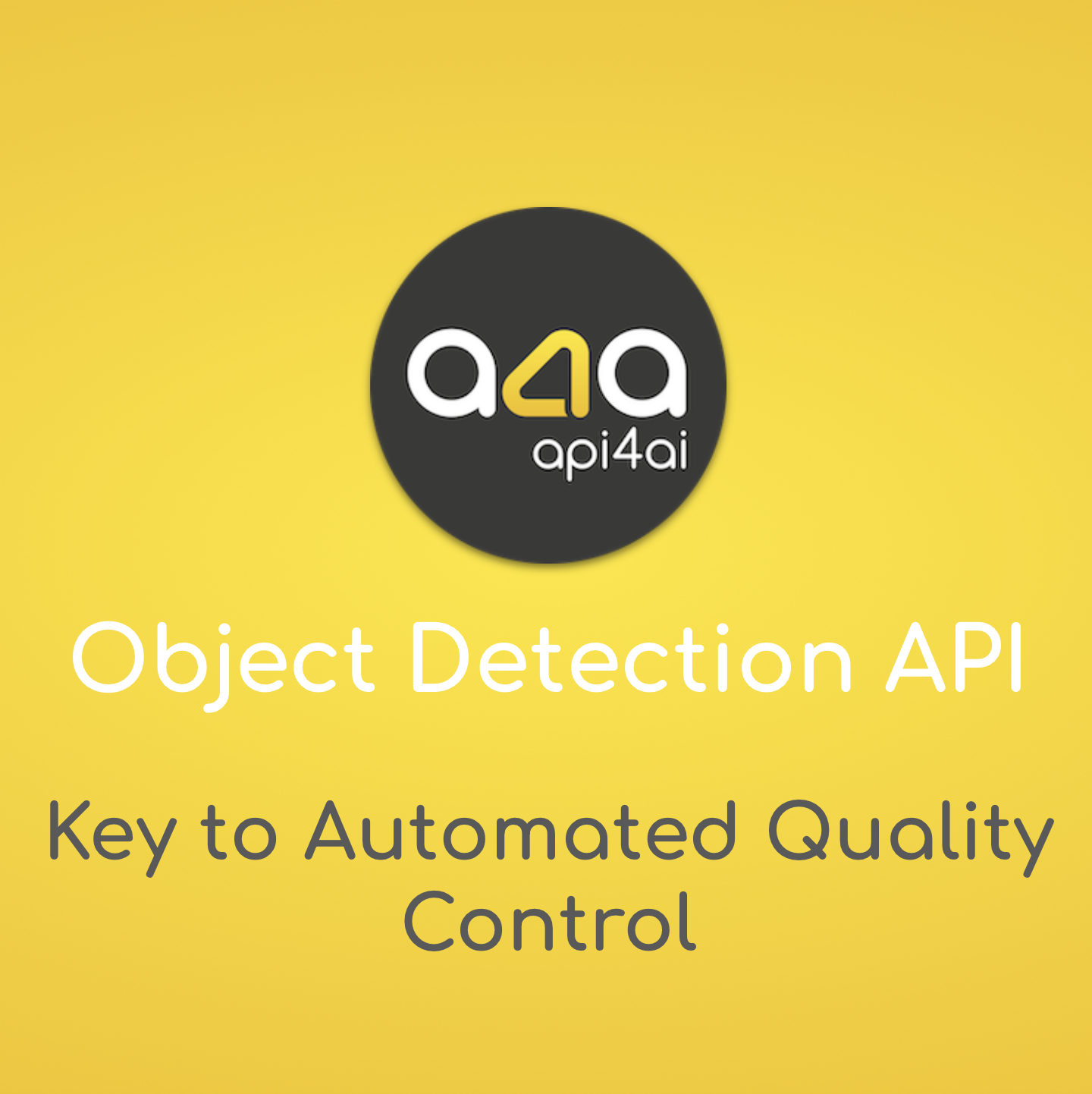
AI Object Detection API: Key to Automated Quality Control
In today’s fast-paced manufacturing environment, maintaining consistent product quality is more critical — and more challenging — than ever. AI-powered object detection is emerging as a powerful solution, enabling real-time identification of defects, reducing human error and streamlining quality control processes across industries. This blog post explores how manufacturers in sectors like electronics, automotive and food and beverage are using automated visual inspection to boost accuracy, scalability and efficiency. Learn about the key benefits, real-world applications and best practices for implementing object detection systems and discover how embracing AI today can lead to long-term profitability, reduced waste and stronger brand trust. Whether through ready-to-use APIs or custom computer vision solutions, the future of manufacturing quality control is here — and it’s intelligent, adaptable and automated.

Custom AI Development: Is It Worth the Investment?
Artificial intelligence is transforming industries, helping businesses automate tasks, optimize workflows and enhance decision-making. While off-the-shelf AI solutions — such as OCR APIs, object detection tools and background removal services — offer a quick and cost-effective entry point, they may not always meet the unique needs of specialized industries.
This blog post explores the strategic advantages of custom AI development, highlighting how tailored solutions can drive efficiency, cost savings and long-term profitability. From brand recognition in retail to automated inventory management in logistics, real-world examples illustrate how companies are leveraging AI to stay ahead.
Is a custom AI solution right for your business? Learn how to assess your readiness, build the right AI strategy and measure long-term ROI to make an informed investment that scales with your growth.

The Cost of Developing Modern AI-Based Products
Artificial intelligence is transforming industries, but the cost of developing AI-based products varies widely depending on complexity, customization and long-term strategy. While off-the-shelf AI APIs provide an affordable and quick solution for startups and SMEs, enterprises often invest in custom AI development to gain a competitive edge. The right approach depends on a business’s stage, budget and objectives.
This article explores the financial and technical factors that influence AI costs, from basic open-source models to high-performance, scalable AI solutions. Whether you’re considering ready-made APIs for image recognition, OCR or background removal or looking into custom AI models for specialized applications, understanding the trade-offs between cost and performance is crucial.
AI development is not just about the initial price tag — its real value lies in long-term returns, automation and strategic advantage. Choosing the right AI solution can reduce operational costs, improve efficiency, and position businesses for future growth.

Artificial Intelligence (AI): A Powerful Tool or Just Marketing Hype?
Artificial intelligence is often surrounded by bold claims — some see it as a revolutionary tool, while others dismiss it as overhyped marketing. The reality lies in between. AI is already transforming industries, automating complex tasks, improving efficiency and unlocking new business opportunities. From image recognition and object detection to fraud prevention and predictive analytics, AI is proving its worth in real-world applications.
However, AI is not a magic solution. Its effectiveness depends on quality data, strategic implementation and human oversight. Businesses that adopt AI wisely — whether through ready-to-use APIs or custom AI solutions — can gain a significant competitive edge, cutting costs and improving decision-making.
The future belongs to those who adapt. Companies that integrate AI today will stay ahead in an increasingly digital world, while those who ignore it risk falling behind. AI is not just hype — it’s a game-changing tool for businesses that are ready to embrace innovation.

From MVP to Production: A Complete Computer Vision Project Lifecycle
Bringing a computer vision model from a prototype to full production is a complex journey that goes far beyond just training an accurate neural network. A successful AI-powered vision system requires continuous refinement, real-world validation and seamless integration with broader software infrastructure.
In this post, we explore the complete lifecycle of a computer vision project, from data collection and iterative model training to deployment, monitoring and continuous learning. Along the way, we discuss key challenges such as uncertain estimates, evolving real-world conditions and the need for long-term optimization to maintain accuracy and scalability.
We also highlight the difference between ready-made APIs for quick deployment and custom AI solutions for businesses needing specialized performance and control. While off-the-shelf solutions can be a great starting point, investing in a tailored model often leads to higher ROI, reduced operational costs and long-term competitive advantages.
Whether you're experimenting with AI-powered image processing for the first time or looking to refine an existing solution, understanding the full lifecycle of computer vision is key to unlocking its true potential.
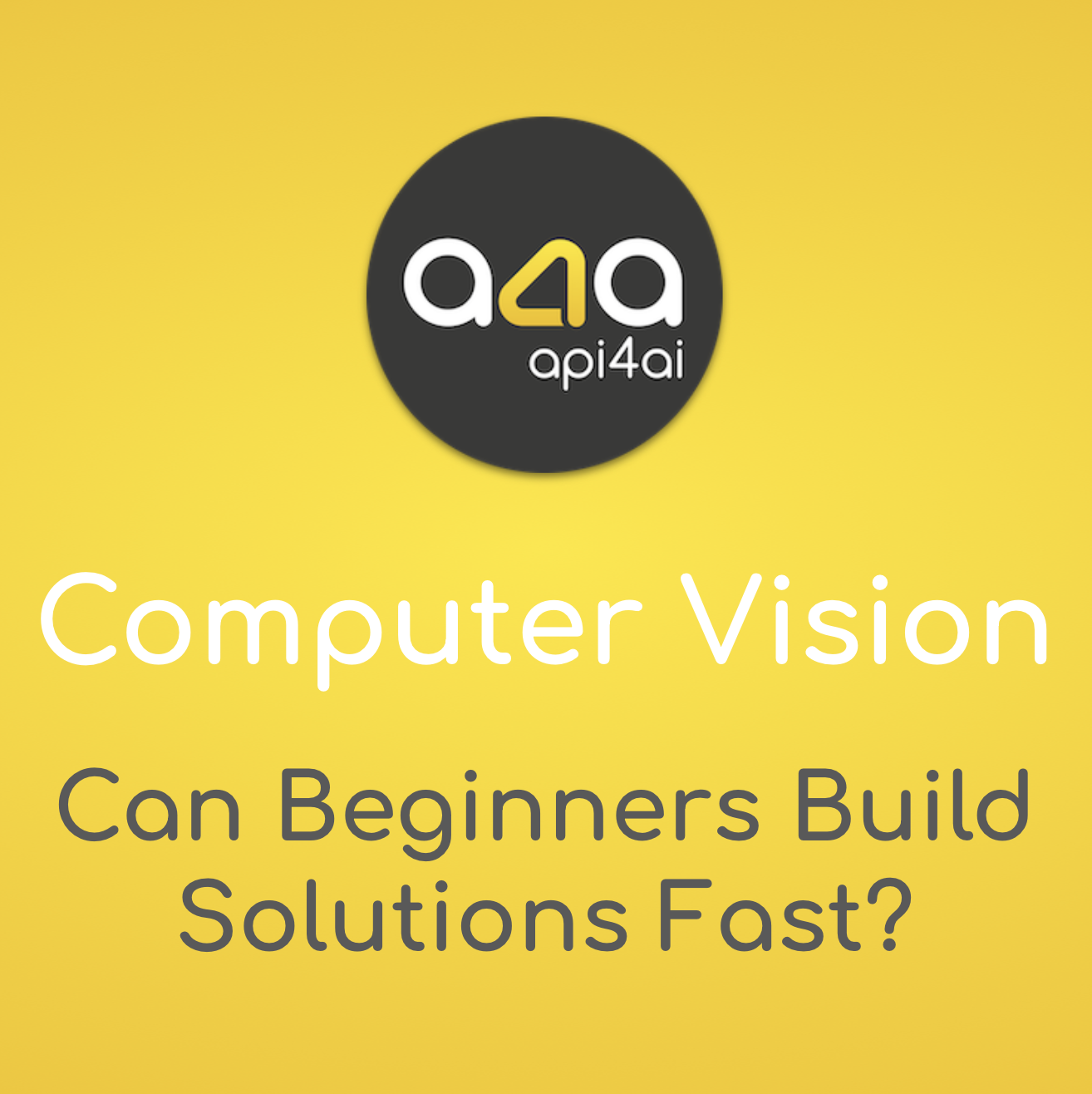
Computer Vision: Can Beginners Build Solutions Fast?
With the rise of open-source AI frameworks, pretrained models, and cloud-based APIs, developing a computer vision solution has never been easier. Many believe that anyone — even without deep technical expertise — can quickly create an image recognition system with minimal cost. But is that really the case?
While off-the-shelf AI tools can handle basic tasks like OCR, background removal and object detection, more complex applications often require custom AI models, expert fine-tuning and ongoing maintenance. Businesses relying solely on quick-fix solutions may encounter accuracy issues, hidden costs and security risks, especially in industries where precision and reliability are critical.
So, how do you choose between prebuilt AI services and custom computer vision development? The answer depends on your specific needs, long-term goals, and willingness to invest in AI expertise. In this article, we explore the key considerations, risks, and long-term benefits of different approaches to computer vision adoption—helping you make the right decision for your business.
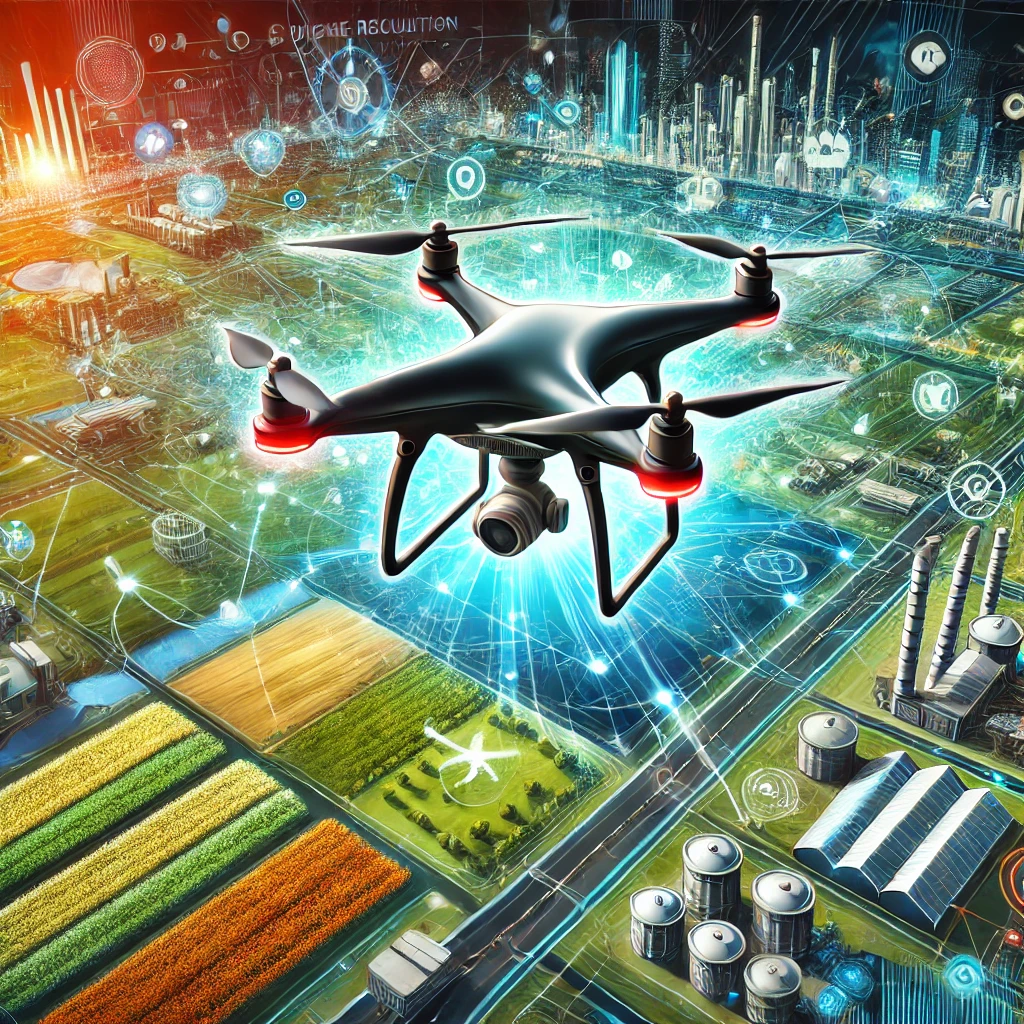
Image Processing & Drone Imagery: Multi-Industry Insights
Drones have revolutionized data collection across industries, but raw aerial imagery alone isn’t enough — it’s the power of AI-driven image processing that turns this data into actionable insights. From agriculture and environmental monitoring to construction, security, and disaster management, AI-powered analysis enhances decision-making, automates workflows, and improves operational efficiency.
This article explores how AI transforms drone imagery, the key tools and techniques used for object detection, OCR, and background removal, and the strategies businesses can implement to integrate AI-powered drone analysis into their existing systems. We’ll also examine emerging trends such as on-drone edge computing, real-time emergency response applications, and breakthroughs in deep learning for precise object recognition.
As AI technology evolves, organizations that invest in AI-powered drone solutions will gain a significant advantage—streamlining operations, reducing costs, and unlocking new possibilities for automation. Whether using pre-built APIs or custom AI models, the future of drone imagery is being shaped by intelligent image analysis. Dive in to discover how your business can harness these innovations to stay ahead.
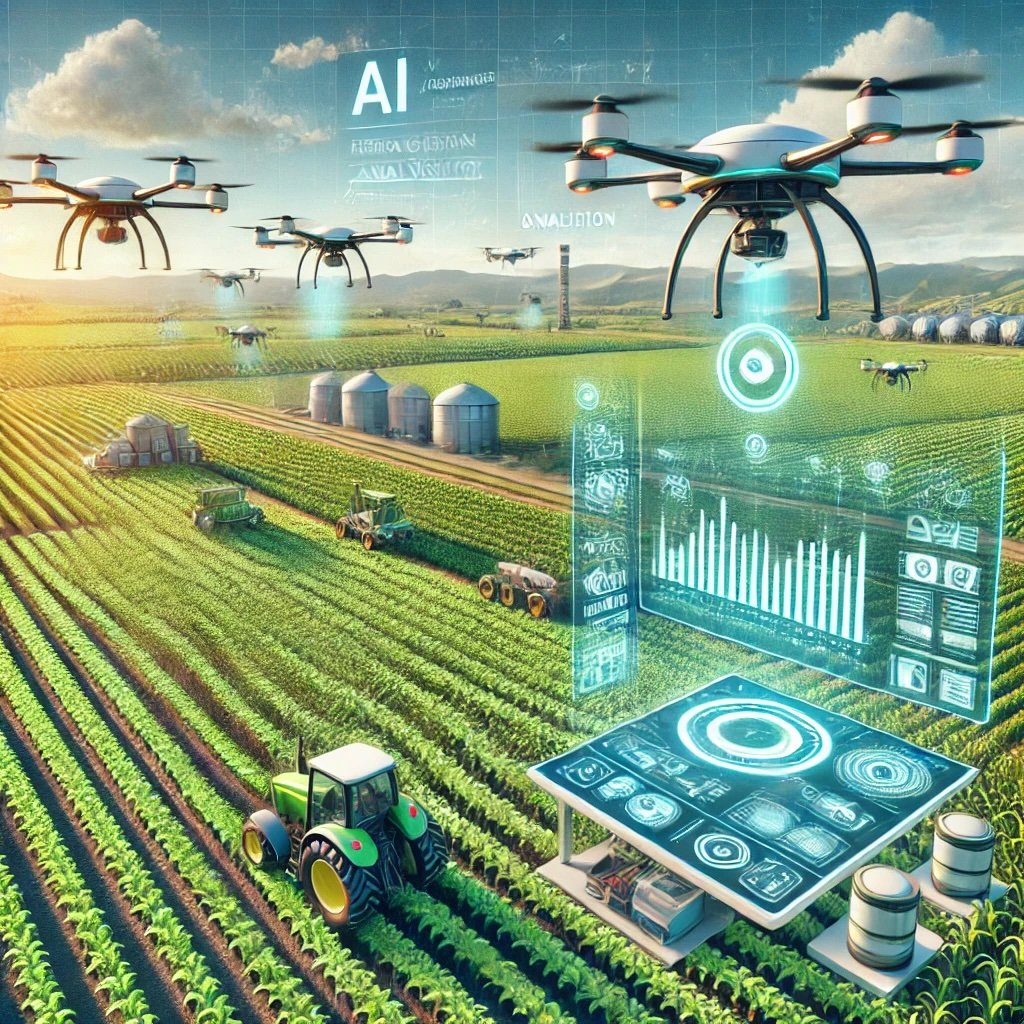
Boosting Agricultural Productivity with AI-Powered Image Analysis
The integration of AI into agriculture heralds a new era of farming, characterized by precision, sustainability and economic viability. By embracing AI, farmers can significantly enhance crop health monitoring, optimize resource use and adapt quickly to market and environmental changes. This isn't just about staying competitive; it's about transforming agriculture to meet the demands of a growing, more environmentally conscious population. Now is the moment to explore AI solutions tailored to your farm's unique needs, ensuring that your practices are not only productive but also sustainable for the future.
